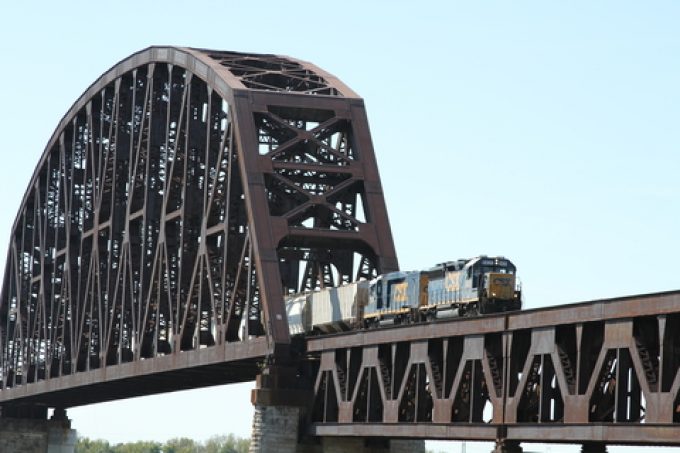Let's cut through the (tariff) noise with CSX CFO...
Pay attention to the signs

Continued destocking appears to be behind the collapse in rates that has seen second-quarter intermodal financial performances of North American railroad operators hit the buffers.
Revenues for the three months to July at Canadian National fell 26%, to C$983m (US$746m), with CSX reporting an 18% fall, ...
MSC switches two more Asia-Europe port calls from congested Antwerp
Canada and Mexico get cosy with trade plan to bypass US
Front-loading frenzy has made traditional H2 peak season 'unlikely'
Tradelanes: Export boom in Indian sub-continent triggers rise in airfreight rates
Carriers introduce surcharges as congestion builds at African ports
Mexican airport modernisation plan unlikely to boost cargo facilities
Ports and supply chain operators weigh in on funding for CPB
Tradelanes: Overcapacity on Asia-S America impacting alliances and rates

Comment on this article